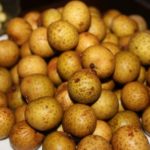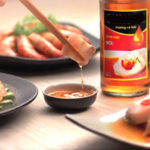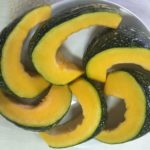How to Tell the Difference Between Fresh and Chemically Preserved Bamboo Shoots
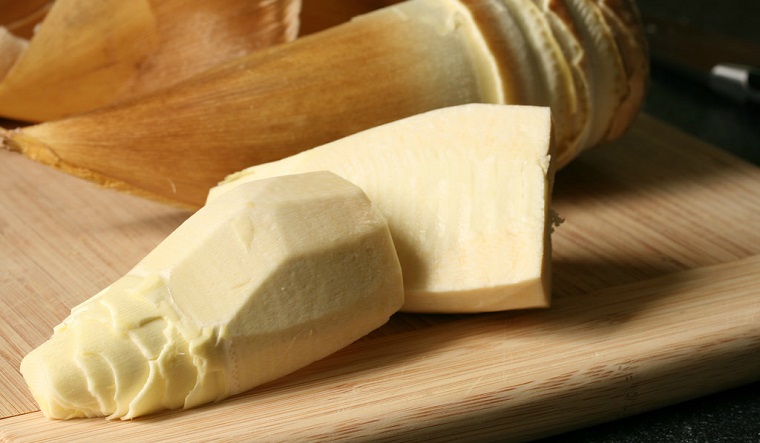
– Fresh bamboo shoots: As they are not soaked in chemicals but rather brined, the bamboo shoots have a light yellow color and may appear slightly blackened.
– Chemically preserved bamboo shoots: Due to being soaked in chemicals and turmeric powder, these bamboo shoots exhibit a deep yellow or white color.
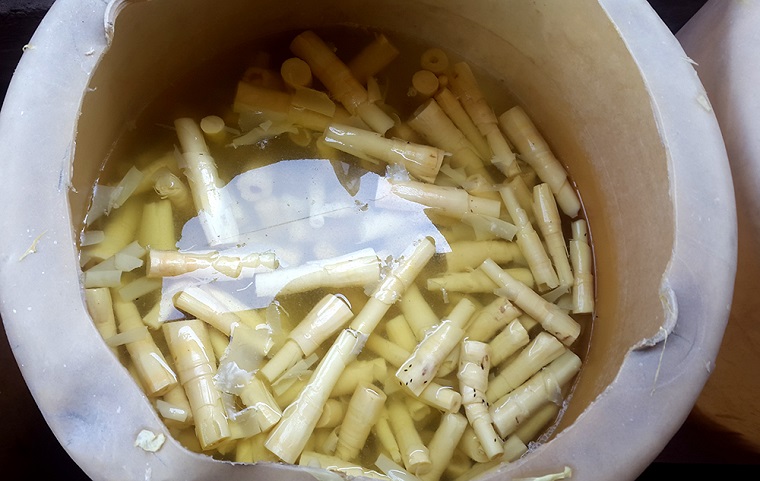
– Fresh bamboo shoots: Naturally brined bamboo shoots tend to be chewier and more resilient, not breaking easily when bent or snapped. When consumed, they offer a natural crunch and chewiness.
– Chemically preserved bamboo shoots: In contrast, chemically treated bamboo shoots are extremely crisp and tend to shatter when bent or held too tightly.
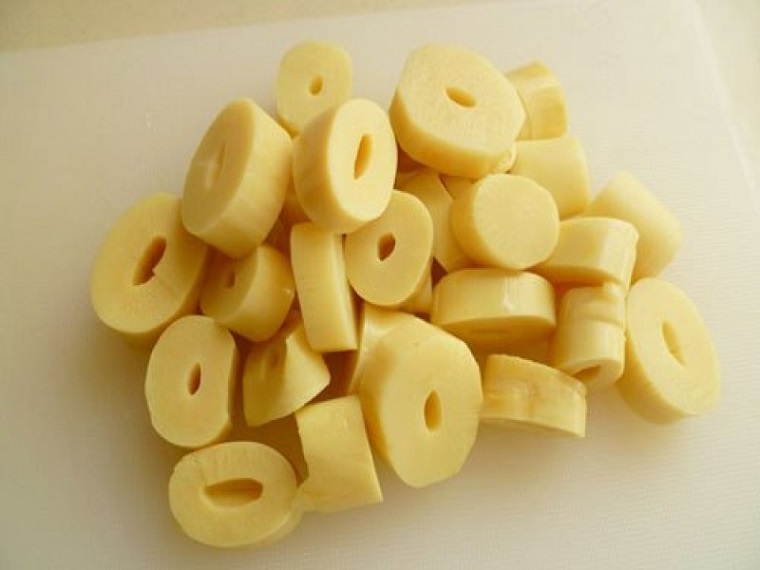
– Fresh bamboo shoots: Fresh shoots that haven’t been chemically treated vary in size, with some being larger or smaller, and their outer surface lacks gloss, appearing rather coarse.
– Chemically preserved bamboo shoots: The outer surface of chemically treated bamboo shoots is glossy and aesthetically pleasing, free from mold or dampness. Additionally, the shoots are uniform in size.
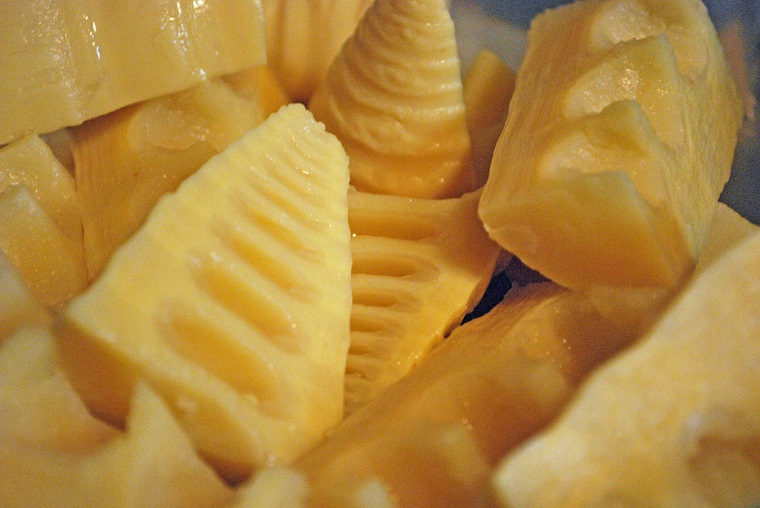
You can also distinguish between fresh and chemically preserved bamboo shoots by their smell. Chemically preserved bamboo shoots will carry the distinct scent of the chemicals used, while fresh bamboo shoots have their own unique aroma, devoid of any chemical odors, and possess a natural fragrance.
Tips for Buying Bamboo Shoots
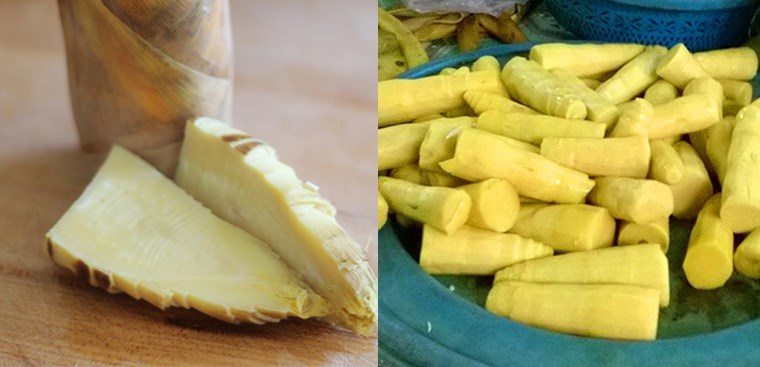
– To ensure you’re purchasing fresh bamboo shoots that haven’t been chemically preserved, it’s best to buy from reputable food stores or supermarkets. The food products sold in these places have undergone safety inspections and have clear origins.
– Alternatively, you can opt for fresh, wild, or bamboo tree shoots, peel off the tough outer layer, and then brine them yourself for daily consumption and preservation.
We hope these tips will help you easily differentiate between fresh and chemically preserved bamboo shoots and make informed choices when purchasing this food item.
Tips for Buying a Used Smartphone
Are you searching for a way to get a “high-end” phone but don’t want to pay hundreds or thousands of dollars? A used phone might be the perfect solution for you, but you’ll want to be careful and do your research. In this article, we’ll offer some important advice on how to buy a second-hand phone safely.

























